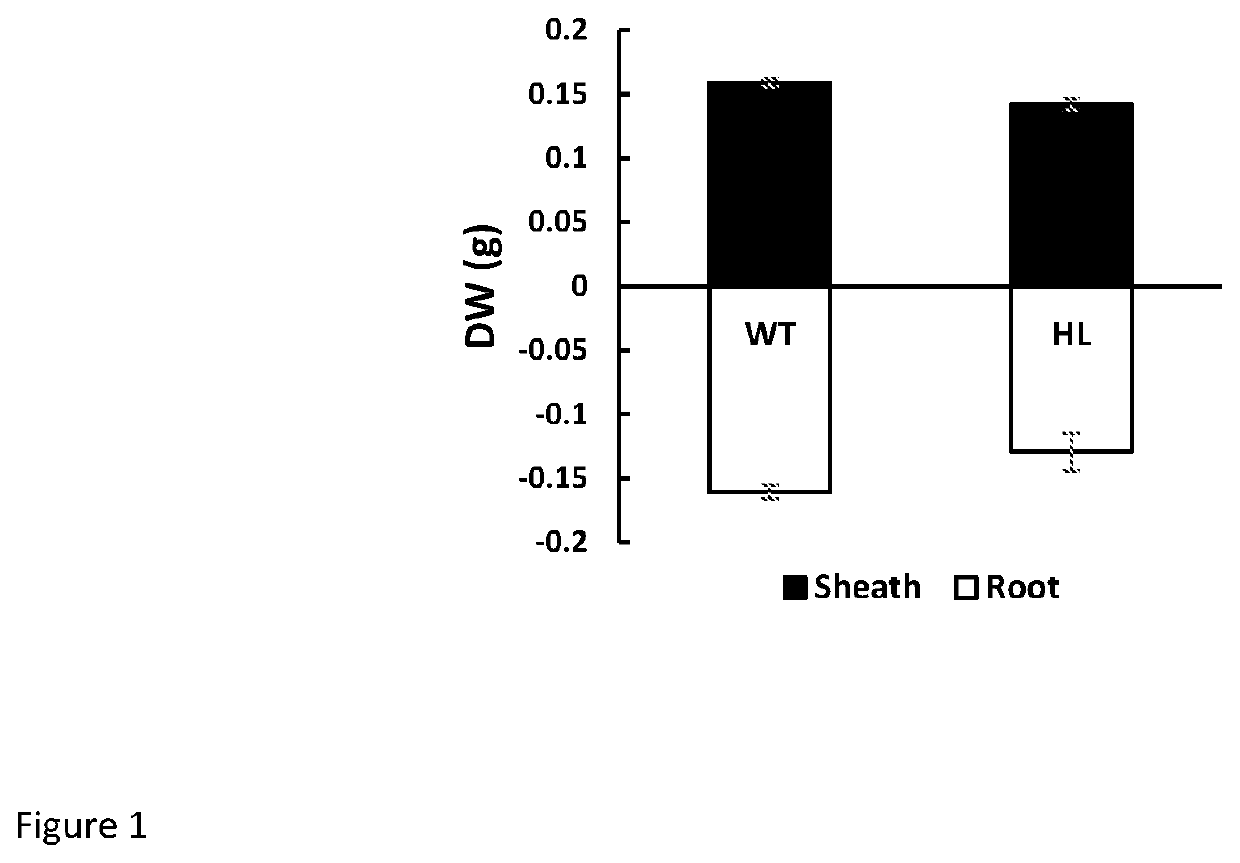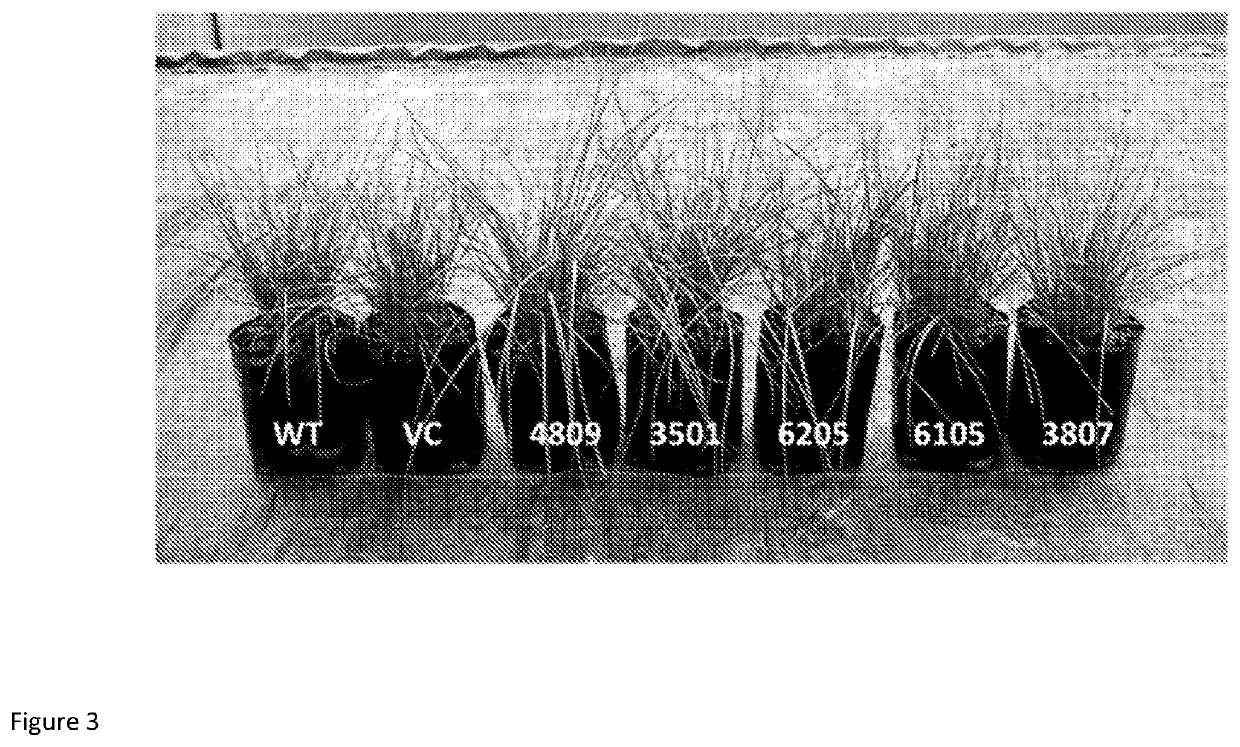Methods for improving photosynthetic organisms
a technology of photosynthetic organisms and methods, applied in the field of methods for improving photosynthetic organisms, can solve the problems of comparatively poor digestibility of leaves from c4 plants, only allowing multi-cellular organisms to adapt, and the selection of cells and plants with the most desirable cosub>2 /sub>assimilation and characteristics remain challenging
- Summary
- Abstract
- Description
- Claims
- Application Information
AI Technical Summary
Benefits of technology
Problems solved by technology
Method used
Image
Examples
example 1
Designs
[0491]The Garden Nasturtium (Tropaeolum majus) DGAT1 peptide sequence (GenBank AAM03340) with the single point mutation of serine at 197 amino acid sequence to alanine as described by Xu et al. (2008), linked with V5 epitope tag (GKPIPNPLLGLDST) at the C-terminal (DGAT1-V5), and the 15-kD sesame L-oleosin (accession no. AAD42942) with three engineered cysteine residues on each N- and C-terminal amphipathic arms (Cys-OLE; Winichayakul et al., 2013) were custom synthesized by GeneAR™ for expression in L. perenne (sequences 1-4) Both DGAT1-V5 and Cys-OLE coding sequences were optimized for expression in monocot grass and placed into the designed Gene Gun compatible construct. The resulting construct, labelled as LpDlo3-3, contained the DGAT1-V5 gene regulated by the rice ribulose-1, 5-bisphosphate carboxylase small subunit promoter (RuBisCO-Sp, GenBank AY583764) back-to-back with the Cys-OLE gene regulated by the rice chlorophyll a / b binding protein promoter (CABp; GenBank APO14...
example 6
Fatty Acids Over a Range of Levels in Leaves Comes at the Expense of Leaf Sugar and Coincides with Increase Carbon Assimilation and Growth
[0550]Plant Material
[0551]Lolium perenne, transformed with DGAT+Cysteine Oleosin (CO) using both agro-bacterium and gene-gun mediated transformation were used in these comparisons.
[0552]Relative Growth Rates
[0553]Five Lolium perenne lines containing DGAT+CO (labelled DGAT+CO1, DGAT+CO2, DGAT+CO3, DGAT+CO4, DGAT+CO5) were selected from three genetic backgrounds (Table 6). Three Lolium perenne containing DGAT+CO lines contained a single loci with the Lolium perenne containing transgenes and two containing multiple-loci (see Table 6). To eliminate growth form or tiller age differences between ramets, all Lolium perenne lines, and respective WT controls, underwent three rounds of propagation over 4 months. During each round, 5 ramets of five tillers each were potted and grown for 4 weeks. All plants were grown in a controlled temperature room with 600...
PUM
| Property | Measurement | Unit |
|---|---|---|
| molecular weight | aaaaa | aaaaa |
| molecular weight | aaaaa | aaaaa |
| molecular weight | aaaaa | aaaaa |
Abstract
Description
Claims
Application Information
 Login to View More
Login to View More - R&D
- Intellectual Property
- Life Sciences
- Materials
- Tech Scout
- Unparalleled Data Quality
- Higher Quality Content
- 60% Fewer Hallucinations
Browse by: Latest US Patents, China's latest patents, Technical Efficacy Thesaurus, Application Domain, Technology Topic, Popular Technical Reports.
© 2025 PatSnap. All rights reserved.Legal|Privacy policy|Modern Slavery Act Transparency Statement|Sitemap|About US| Contact US: help@patsnap.com



